How do we feel when we are steeped in nature and feel totally at one with it? The fresh breeze oxygenates and invigorates our body, the warmth of the sun caresses our face, the woody scent of the resins blend with the fruity aroma of the flowers, the soft earth beneath our boots sustains us as we walk and our mind abandons itself to the colours of the landscape explored by our gaze until they shrink into the horizon. If Umbria is famous all over the world as the green heart of Italy, it is for a very precise reason: the immense number and expanse of natural parks and the diversity of their environments, starting in the mountains, with Monte Vettore at an altitude of almost 2500 metres in the Monti Sibillini national park, which our region shares with nearby Marche, down to the riverside parks, such as the Nera river or the Tiber River, all yearning to be discovered in length and breadth, which create exquisite, uncontaminated oases in their loops and bends. The diversity of the environments will never cease to amaze us if we think of the numerous lakes present in the area – some also suitable for bathing – with their great diversity of ecosystems. There are a great variety of options on offer, rounded off by a dense network of trails and itineraries to follow in total safety to rediscover the feelings that from here, sitting in front of this screen, you’ll find very difficult to relive.
Parks and Lakes
Go to my journey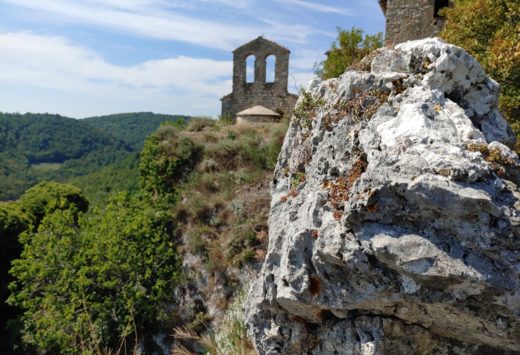 PRIVATE GUIDED TREKKING TOUR
PRIVATE GUIDED TREKKING TOURTrekking to Scoppio, the Ghost Town of Umbria
A uniquely beautiful trekking experience in the mysterious ghost town of Scoppio.
Price is lower based on umber of people
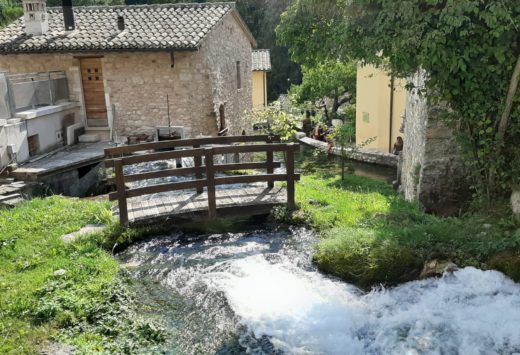 PRIVATE GUIDED TREKKING TOUR
PRIVATE GUIDED TREKKING TOURTrekking to Rasiglia and Verchiano, along the ancient road
A circular trekking excursion to discover Rasiglia, one of the most beautiful places in Umbria.
Price is lower based on umber of people
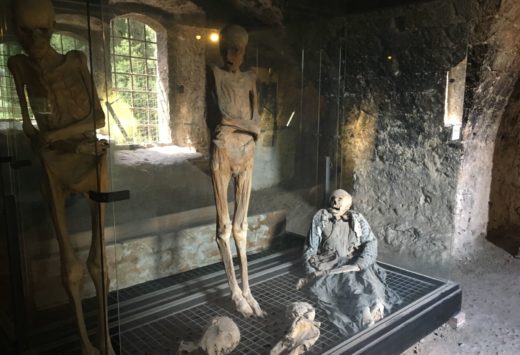 PRIVATE GUIDED TREKKING TOUR
PRIVATE GUIDED TREKKING TOURTrekking to Ferentillo: from San Michele to the mummies
Trekking to Ferentillo is an intense hiking experience in the heart of the Valnerina.
Price is lower based on umber of people
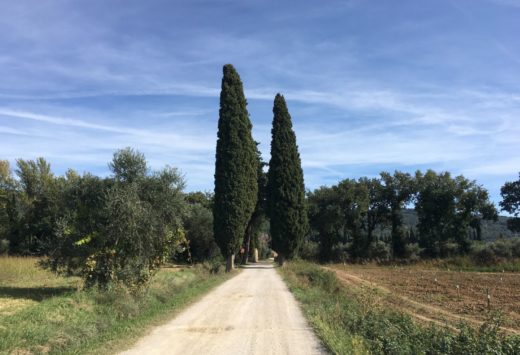 PRIVATE GUIDED TREKKING TOUR
PRIVATE GUIDED TREKKING TOURTrekking on the Trasimeno hills towards the leaning tower
Trekking towards the leaning tower that stands out in the woods, in the magical setting of the Trasimeno hills.
Price is lower based on umber of people
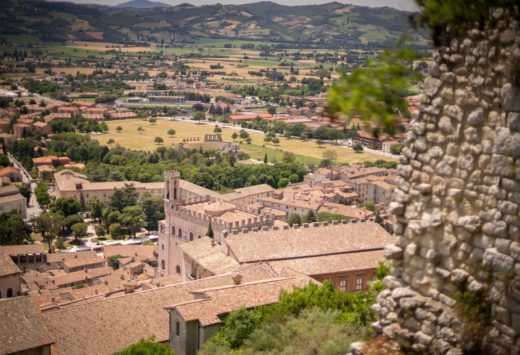 PRIVATE GUIDED TREKKING TOUR
PRIVATE GUIDED TREKKING TOURTrekking of Gubbio, the aqueduct and the dinosaurs
A trekking in the mountains of Gubbio with its archaeology, history, geology and landscapes
Price is lower based on umber of people
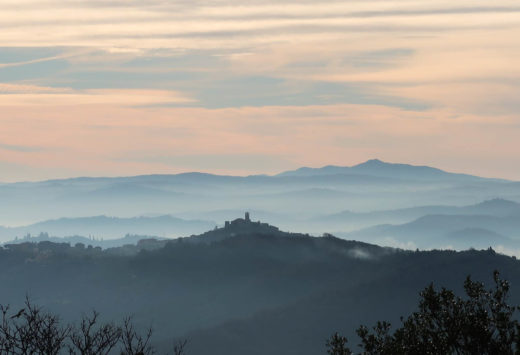 PRIVATE GUIDED TREKKING TOUR
PRIVATE GUIDED TREKKING TOURTrekking in Umbria, The ring of the Penna Mountains
Trekking in Umbria, on the mountains that surround Lake Trasimeno, at low altitudes but with endless views
Price is lower based on umber of people
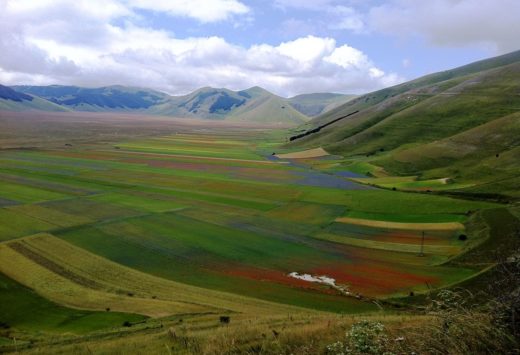 PRIVATE GUIDED TREKKING TOUR
PRIVATE GUIDED TREKKING TOURTrekking around mount Veletta and Castelluccio di Norcia
Trekking around Monte Veletta, on the hills above Castelluccio di Norcia
Price is lower based on umber of people
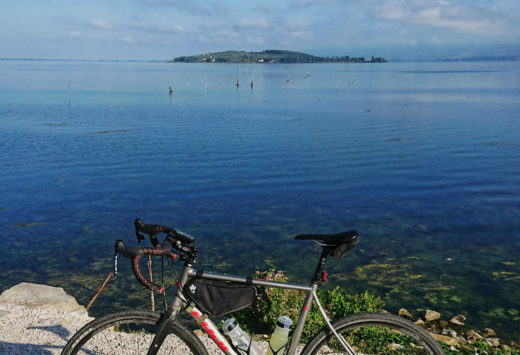 PRIVATE GUIDED ROADBIKE TOUR
PRIVATE GUIDED ROADBIKE TOURTour of Lake Trasimeno by MTB
Cycle along the shores of Lake Trasimeno on a MTB with this fantastic tour.
Price is lower based on umber of people
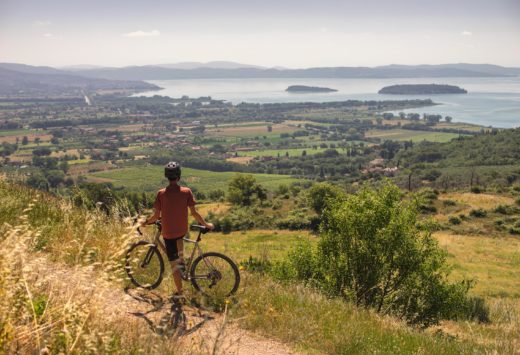 PRIVATE GUIDED ROADBIKE TOUR
PRIVATE GUIDED ROADBIKE TOURThe hills of Lake Trasimeno by MTB
Up and down the hills around Lake Trasimeno.
Price is lower based on umber of people
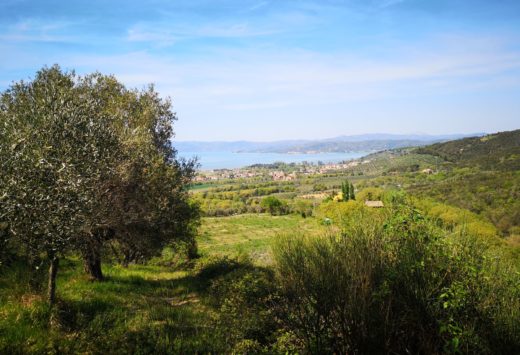 PRIVATE GUIDED TREKKING TOUR
PRIVATE GUIDED TREKKING TOURThe Hannibal walk – Trekking on Lake Trasimeno
Trekking on the hills of Lake Trasimeno on the trail of Hannibal at the sites of the mythical battle between the Romans and Carthaginians.
Price is lower based on umber of people
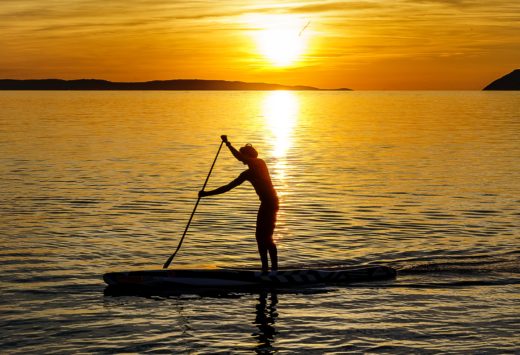 ADVENTURE
ADVENTURESUP excursion on Lake Trasimeno
An unusual perspective of the Lake with the SUP on Lake Trasimeno
Price is lower based on umber of people
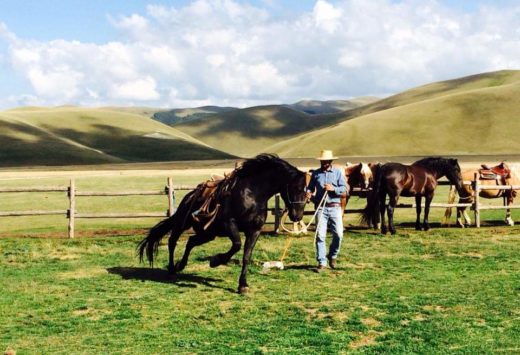 GUIDED HORSE RIDING TOUR
GUIDED HORSE RIDING TOURSibillini Mountains trekking on horseback
With the Sibillini Mountains horseback trekking, get on a magnificent horse to enjoy nature, the fresh and genuine mountain air on the Castelluccio upland, also called “Little Tibet.”
Price is lower based on umber of people
Parks and Lakes in Umbria
This is one of the most interesting parks in Italy due to both its natural and cultural aspects. The Sibilla Appenninica, an ancient inhabitant of the Sibillini Mountains has left its traces along the paths, in the caves and in the memory of those who live in these ancestral lands. The Sibyls were priestesses of the God Apollo who lived an ascetic lifestyle in inaccessible areas. They had the power of the oracle and only the most fearless, courageous men risked their lives to reach them and find the right answers. In the Middle Ages, the figure of the sibyl took on an obscure and mysterious character and was eventually synonymous with the malicious witches of the Inquisition. The Sibyl’s fairies, beautiful and faithful servants with goat-like feet, would leave their shelters at night to go to the villages perched on the mountain ridges to teach the art of weaving to young women or to seduce young men and then run up the peaks at the first light of the rising sun.
The verdant slopes of the park are shaped by the presence of this tradition. Following in the footsteps of these fascinating legends, you will find yourself following the paths, creeping into caves and learning about age-old rural memories that will deeply enrich your experience in nature. With more than ten peaks with an altitude of over 2000 metres, the park is home to a great diversity of animal species, including wolves, deer, golden eagles and peregrine falcons. At the Laghi di Pilato, an expanse of the purest water hidden in the heart of Monte Vettore at an altitude of 1941 metres, you can see a species of crustacean called the Chirocephalus Marchesonii, a small red shrimp that swims belly-upwards. It is very small and not easy to spot, but we suggest you try because it will be the only time you can see it. The Chirocephalus is an endemic species and its only natural habitat, worldwide, is the waters of Laghi di Pilato.
This is a park that includes the entire area of Lake Trasimeno – the largest lake on the Italian peninsular – and its banks. In addition to its historical importance as the theatre of the decisive battle of the Second Punic War, in which Hannibal massacred the Roman army by catching it by surprise, the lake is very important from a naturalistic point of view. Its origins are linked to phenomena of tectonic origin, that is, movements of the earth’s crust concomitant with the formation of the Apennines. Over many millennia, the resulting deep depression was filled with rainwater. A characteristic of the Trasimeno is, in fact, the lack of tributary rivers or emissaries that influence its depth. It is very shallow (measuring just 6 metres at its deepest point) compared to other great Italian lakes. While some small torrents fed by seasonal rains are responsible for its water supply, there is no outlets to drain the excess water. Dating back as early as the Roman era, artificial canals were built that flowed into the nearby river Nestore in order to prevent damaging floods.
The oases of the Trasimeno, patches of low water covered with thick reeds, are the ideal habitat for numerous species of fish, amphibians and migratory birds. The islands of Isola Polvese, Isola Maggiore and Isola Minore emerge luxuriant from the surface of the water and are small treasure troves of natural and cultural delights just waiting to be discovered. There are many and varied activities you can engage in in this beautiful natural landscape: birdwatching along the walkways between the reeds, excursions among the olive groves and vineyards and long cycle rides on the country roads that connect villages steeped in history like Castiglione del Lago or Passignano sul Trasimeno.
The Nera river, which starts in the heart of the Marche Apennines and flows down into the Tiber river some 116 km further downstream, is the seventh largest medium-range Italian river. Its power and its impetuosity have given rise over the millennia to one of the most fascinating and least ‘modernized’ landscapes that Umbria has to offer: Valnerina. A narrow and winding valley that crosses the whole of south-eastern Umbria and extends from the municipality of Preci, it include the territories of Terni to the south and Norcia and Cascia to the east. The Park develops from the middle-lower section of the river, from the village of Ferentillo, to the point where the river receives the mass of water that, 165 metres higher up, flows down from the river Velino, forming one of the most stunning hydrologic phenomena in Italy, the Cascata delle Marmore (Marmore Waterfalls). You can explore the park via its long cycle paths or on foot, admiring from below the majestic mountains that surround the valley dotted with tiny, ancient hamlets, such as Polino, with its mere 230 inhabitants, or the village of Torreorsina, from where you can get a breath-taking view of the waterfall. Inside the park there is a lake, Lago di Piediluco, which is the second largest regional lake .
Mount Subasio, measuring some 1290 metres in height, is an ancient and mystical territory. Ever since the early Christian era, its caves had hosted numerous ascetics and hermits and its forests were travelled far and wide by monks who settled there over time, including, of course, St. Francis. On the western side of the mountain, leaning against high ground, stands the acropolis of the city of Assisi, which is also included within the confines of the park. But human influence and deep interconnection with human history should not mislead. The park is a beautiful, natural oasis with elevated biodiversity and its geological conformation gives rise to characteristic karstic phenomena such as the Mortari, a natural depression or sinkhole. The park is criss-crossed with clearly-visible and well-maintained paths that enable you to pursue your explorations in complete safety. Many of these paths simply follow the routes used by the first inhabitants to move along the ridges and slopes. So, don’t be surprised if, here and there, you suddenly see archaeological remains or small abbeys and monasteries emerge from the vegetation. Higher up, from the green meadows that emerge from the forest and cover the rounded top of the mountain, the view of the valley below is breath-taking.
The extreme north-eastern border of Umbria is occupied by the massif of Monte Cucco which, with its 1566 metres, is one of the highest peaks in the Umbria-Marche Apennines. Over time, the movements of the earth’s crust have created within the massif, under the dense beech forests, a myriad of ravines, cavities and tunnels, later filled with rainwater filtered by the rocks. The Park is, in fact, incredibly rich in springs, watercourses and the fascinating phenomena of karstic erosion such as gorges, ravines and deep cracks in the rock where rushing torrents flow and create spectacular waterfalls. Despite being one of the least man-made parks in the region, there are some small hamlets within it, mostly devoted to crafts, agriculture and the management of pastures and forests. A little further down the valley are the built-up urban areas of Gubbio and Gualdo Tadino. The park is criss-crossed by a dense network of paths for over 120 km, enabling you to explore the wild and impervious wonders of this area.
Before descending into Rome and becoming one of the most important and famous rivers in the world, the Tiber also passes through Umbria and its course is largely protected by a regional park that stretches over 7,000 hectares on land under the control of seven municipalities.
The river has been navigated and inhabited by man since the beginning of time. It was thanks to the river that the Romans managed to penetrate the homelands of the Umbrian and Etruscan populations and to create the basis for their colonization. The entire park is, in fact, dotted with archaeological remains and ancient hamlets. Orvieto is located near this area and the historic centre of Todi is included within the confines of the park. Human labour and intervention has not, in any case, managed to undermine the attractive harmony that has been established over the centuries with the natural, untamed environment. Indeed, in this case, the activities of man and the efforts of nature seem to work in symbiosis. The Lago di Corbara, an artificial basin used to generate electricity, winds its way inside the valleys, forming landscape peculiarities of rare beauty, such as the Gola del Forello. Going further downstream, the bends in the river merge and mingle, giving rise to a naturalistic, marsh-like oasis called Oasi d’Alviano, which is also artificial in nature and protected by the WWF. It is one of the main flocking points for birds during the migratory season.
With its mere 338 hectares, this is the smallest park in the region, but no less important or fascinating to visit. The area, declared an internationally important heritage site according to the Ramsar Convention as early as 1976, is mainly made up of land of marsh origin. The systematic reclamation efforts carried out by man over the centuries have not succeeded in adversely affecting the area of the park, which is now of fundamental importance for its peat bogs, which are swampy areas where the temperature and acidic conditions inhibit the decomposition of the animals and plant tissues, fostering the accumulation and the compaction of the organic substance in the so-called peat, a precious and polyvalent material. In addition, its ecosystem is home to a wide variety of flora and fauna that is present only within this park, such as the European white water lily or the Lax-flowered orchid. The view of this colourful sea of floating vegetation from the surrounding hills is magnificent and you can venture quite deeply inside the swamp thanks to wooden walkways.
S.T.I.N.A. is the Italian acronym for (in translation) ‘Territorial System of Naturalistic and Environmental Interest’. It constitutes a vast protected area that extends in the central-western part of the region. It is mainly structured in three homogeneous territories from an environmental point of view: the Selva di Meana, a hilly complex covered with oak woods included in the municipality of Allerona, the ‘Anello di Allerona’ (Ring of Allerona), a path that criss-crosses the entire surface and can be covered in about 5 and a half hours, and the protected area of Melonta-Bosco dell’Elmo, a hilly complex positioned on the right flank of Monte Peglia, with its majestic century-old holm oak. The small village of San Venanzo is also part of the S.T.I.N.A. Its Parco Volcanologico (Volcanological Park), enables you to go 300,000 years back in time and imagine this territory when it was surrounded by three active volcanic craters, hundreds of metres wide. Recently recognized as a World Biosphere Reserve by UNESCO, the above-cited Monte Peglia preserves within it a prehistoric fossil deposit dating back to some 700,000 years ago, one of the oldest in Italy.



